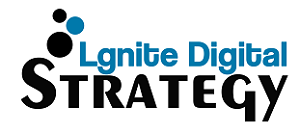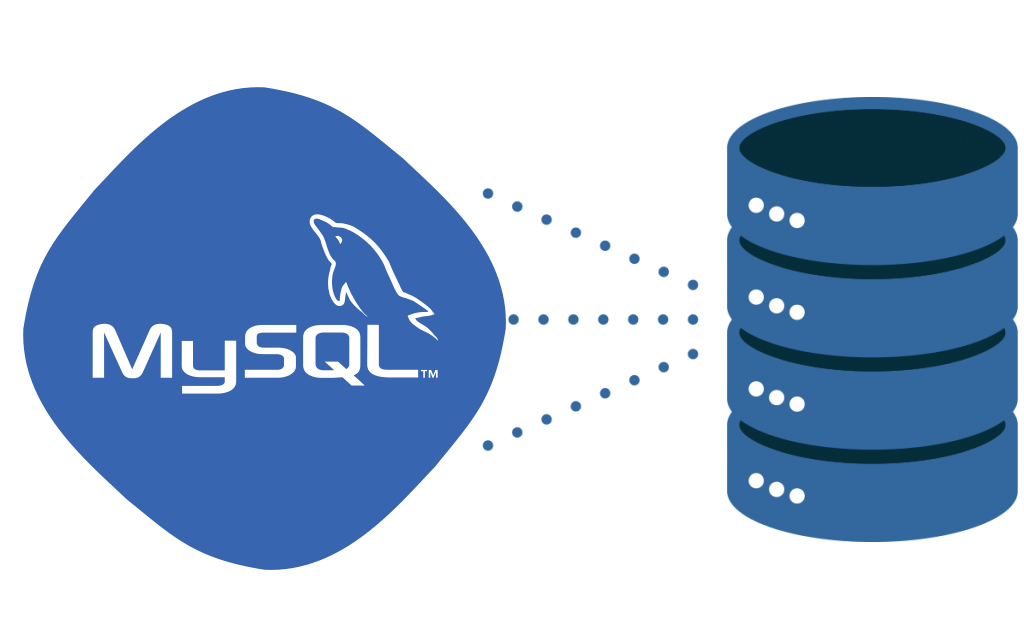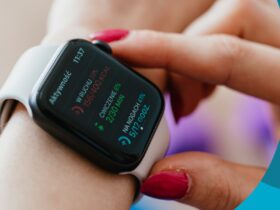The importance of follow-up emails in B2B sales
In the world of B2B sales, follow-up emails play a crucial role in turning prospects into customers. These emails provide an opportunity to build relationships, address concerns, and ultimately close deals. Research shows that it takes an average of 8 touchpoints to convert a prospect into a customer, and follow-up emails are an effective way to stay top-of-mind throughout the sales process.
One of the key reasons why follow-up emails are so important in B2B sales is that they demonstrate persistence and commitment. By reaching out to prospects multiple times, you show them that you value their business and are willing to put in the effort to meet their needs. Additionally, follow-up emails allow you to provide additional information, answer questions, and address any objections that may have arisen during previous interactions https://reply.io/email-template-categories/follow-up/.
To make the most of your follow-up emails, it’s important to have a well-defined strategy in place. This includes understanding the key elements that make an email effective, such as a compelling subject line, personalization, and addressing pain points. By crafting follow-up emails that resonate with your prospects, you can increase the likelihood of getting a response and moving the sales process forward.
It can be interesting for you – https://reply.io/e-books/follow-up-guide/.
Understanding the key elements of an effective B2B follow-up email
When it comes to crafting an effective B2B follow-up email, there are several key elements to keep in mind. First and foremost, the subject line is what grabs the recipient’s attention and determines whether they open the email or not. A subject line should be concise, compelling, and relevant to the recipient’s needs or pain points. It should create a sense of urgency or curiosity that compels the recipient to click and open the email.
Once the email is opened, personalization becomes crucial. Addressing the recipient by their name and mentioning specific details about their business shows that you have taken the time to research and understand their needs. This personal touch helps to build rapport and trust, making it more likely that the recipient will engage with your email.
Another important element of an effective B2B follow-up email is addressing pain points. This means identifying the challenges or problems that the recipient may be facing and offering a solution or value proposition. By focusing on the recipient’s pain points, you demonstrate that you understand their needs and can provide a solution that will help them overcome their challenges.
It can be interesting for you – https://reply.io/jason-ai/.








